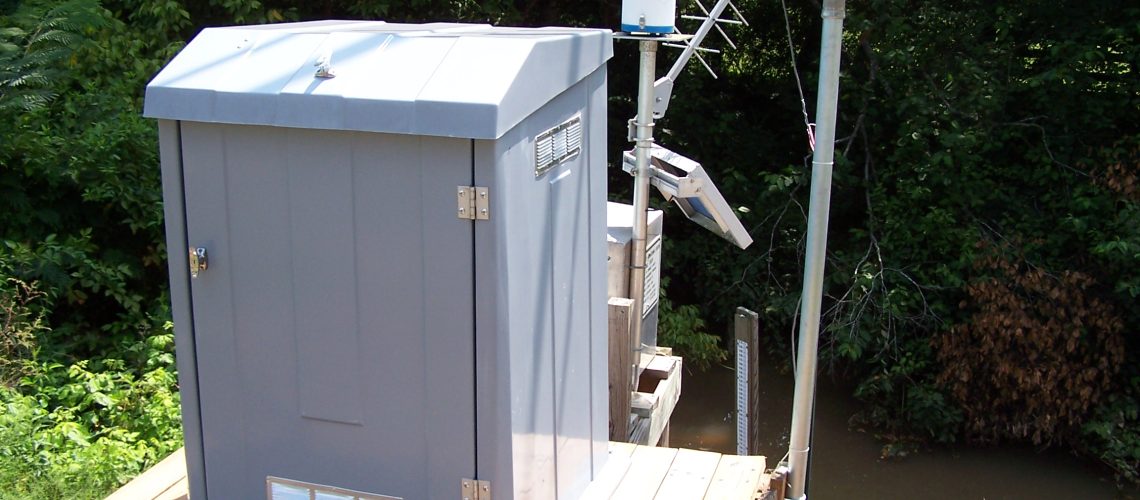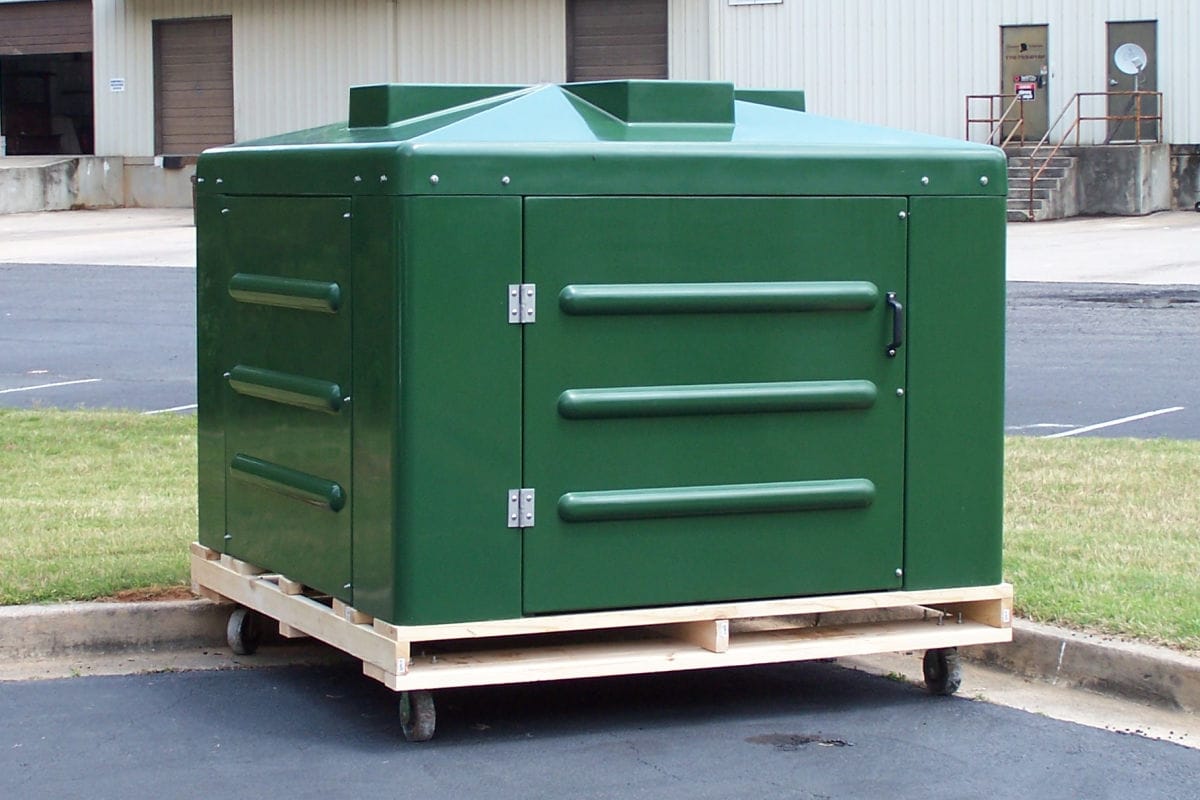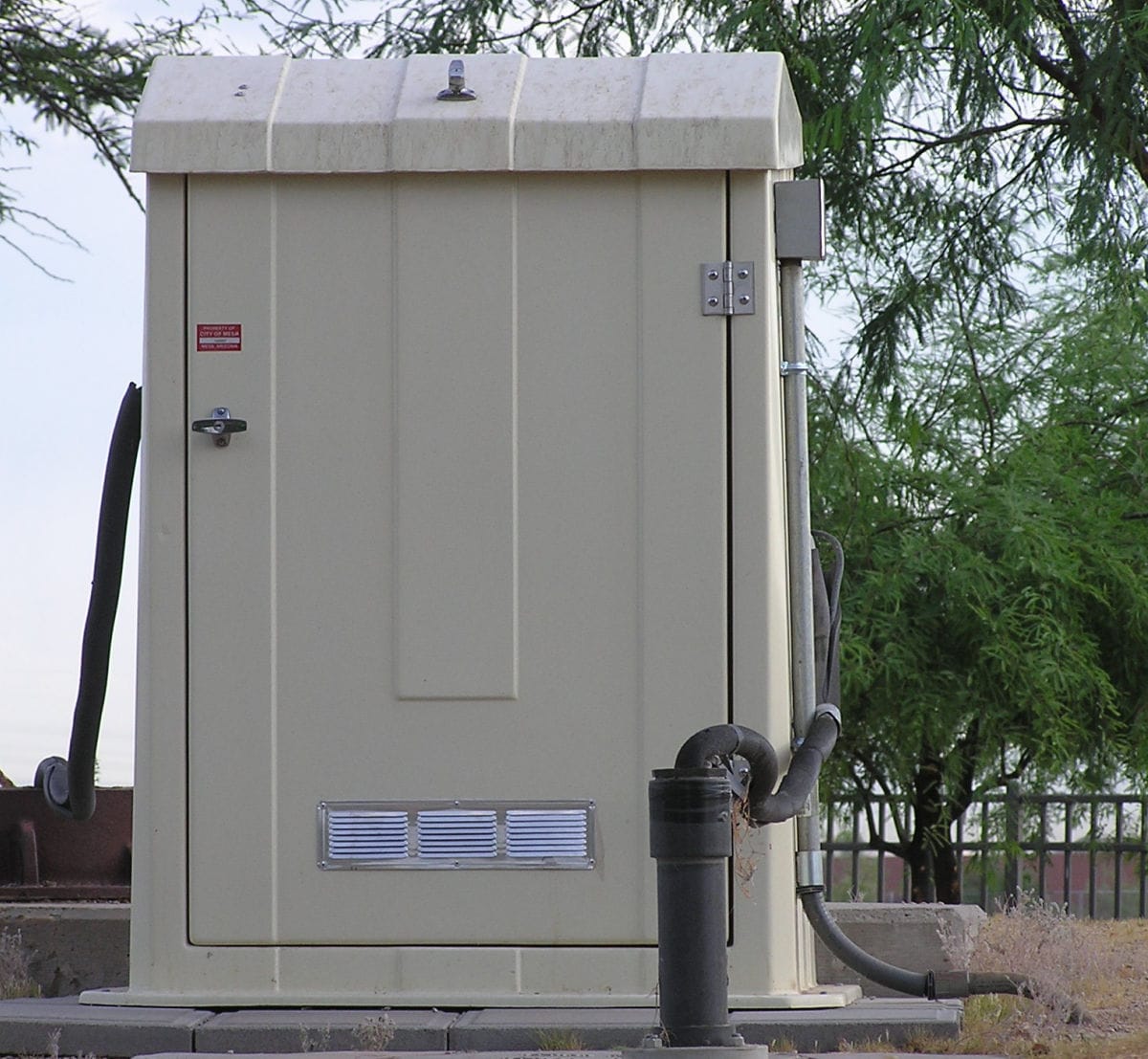Protecting the equipment that you use every day in your flow management operation is of the utmost importance if you want continued success. In addition to making sure that your tools are adequately protected from the elements, you need to be certain that they are only accessible to your operators. Fortunately, achieving both of these goals is easy when you install your equipment in an enclosure.
Enclosures are the most effective way to protect your flow management equipment so that it is always available when you need it so that you can maintain your success. Here are a few facts about equipment enclosures that you should keep in mind if you’re looking for a solution for protecting your equipment.
What Are the Benefits of Enclosures?
If you’re considering placing your equipment in an enclosure, it’s a good idea to learn about some of the benefits of these tools. First and foremost, using an equipment enclosure can significantly reduce your operation’s long-term maintenance needs. The enclosures themselves need very little continuing maintenance, and they will also reduce the amount of maintenance your equipment needs, thanks to the added protection.
Resistance to a wide range of damage is another benefit of enclosures. Most enclosures are resistant to rotting and rusting, meaning you won’t need to worry about repairs or replacement. Finally, although there are countless standardized enclosures that you can choose from, it is also possible to purchase a custom enclosure, guaranteeing that you’ll be able to provide your particular equipment with the exact protection that it needs.
Where Can You Use Enclosures?
Now that you have a grasp of some of the advantages of equipment enclosures, it’s time to learn where you can use these items. Perhaps the best thing about enclosures is that you can use them in almost any application that you can imagine.
For instance, you can use enclosures to protect almost every piece of equipment that you use in a flow management operation. You can use an enclosure to shield flumes that have been installed above ground, a flow meter, or an automatic sampler. Weather stations are frequently installed in enclosures, and you can also use these tools to shelter pumps and valves. Whatever equipment you need to protect, an enclosure is a perfect solution.
Finding the Right Enclosure
If you’re ready to purchase an enclosure, there are a few things you should look for in your manufacturer. First, you should look for a manufacturer that provides a wide range of enclosures, including custom sizes. Second, it’s best to work with a manufacturer that produces fiberglass enclosures. Fiberglass is one of the most durable materials in the world, so having your enclosure made from this material will provide extra protection to your equipment.
Make Your Purchase
Using equipment enclosures is the best way to keep your operation’s equipment safe and secure. At Tracom, we are proud to provide the fiberglass tools that open channel flow management operations need for long-term success. We offer a wide range of enclosures, shelters, and anything else you may need to protect your equipment. Our team can also help you choose a primary device such as a weir or flume. Contact us today.





